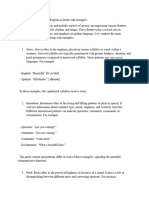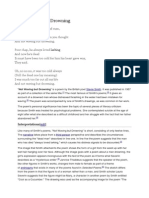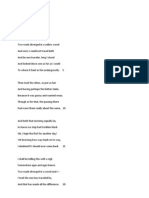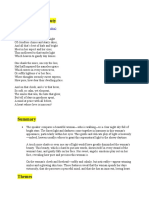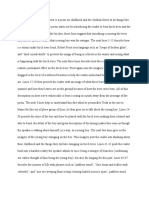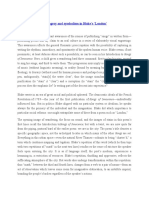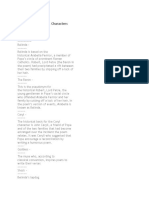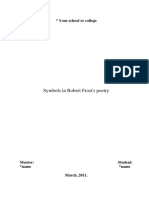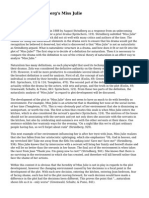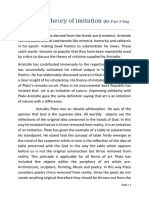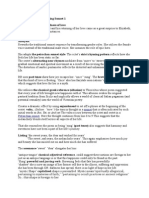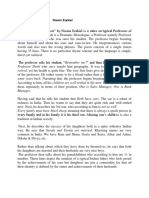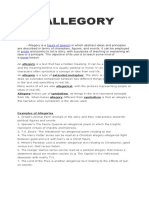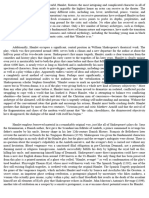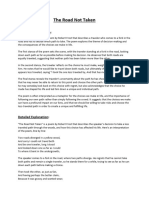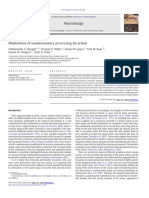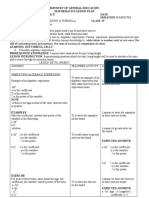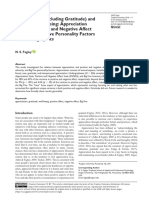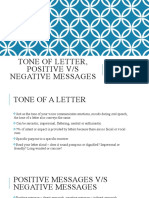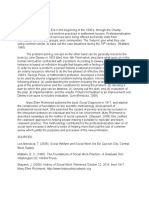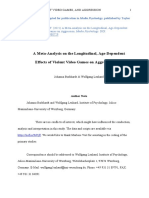0% found this document useful (0 votes)
420 views11 pagesRoad Not Taken
The poem "The Road Not Taken" by Robert Frost describes a traveler standing at a crossroads facing a choice between two paths. The paths appear equally appealing but the traveler can only choose one. They decide to take the less traveled path. Though the traveler asserts this choice has made all the difference, the poem suggests choices are ambiguous and their impacts are open to interpretation. It challenges the idea that any one path is inherently better.
Uploaded by
Khurram TaimoorCopyright
© © All Rights Reserved
We take content rights seriously. If you suspect this is your content, claim it here.
Available Formats
Download as PDF, TXT or read online on Scribd
0% found this document useful (0 votes)
420 views11 pagesRoad Not Taken
The poem "The Road Not Taken" by Robert Frost describes a traveler standing at a crossroads facing a choice between two paths. The paths appear equally appealing but the traveler can only choose one. They decide to take the less traveled path. Though the traveler asserts this choice has made all the difference, the poem suggests choices are ambiguous and their impacts are open to interpretation. It challenges the idea that any one path is inherently better.
Uploaded by
Khurram TaimoorCopyright
© © All Rights Reserved
We take content rights seriously. If you suspect this is your content, claim it here.
Available Formats
Download as PDF, TXT or read online on Scribd
/ 11




